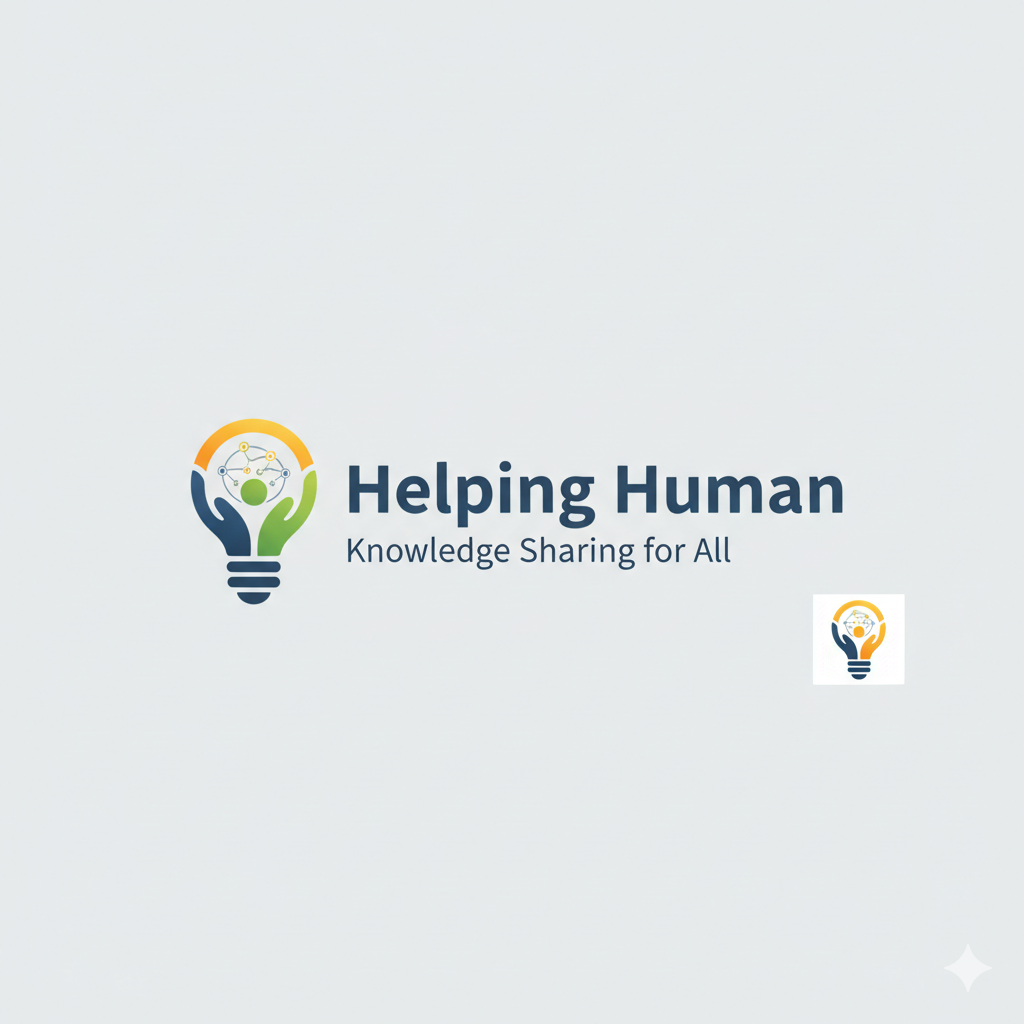Right-Wing vs Left-Wing
2025-09-16T12:58:59.913Z
A Dangerous Divided World
Introduction: The Growing Divide
In today's global political landscape, the chasm between right-wing and left-wing ideologies is widening at an alarming rate. From the streets of the United States to the corridors of power in India, political polarization is no longer just a matter of differing opinions—it has become a source of societal fracture. The tragic events surrounding figures like Charlie Kirk and the rise of populist leaders such as Donald Trump have highlighted the dangers of this divide. But what does this mean for the average citizen? And more importantly, how can we bridge this growing gap?
Understanding the Political Spectrum
What Does Right-Wing Mean?
Right-wing politics often emphasize tradition, hierarchy, and authority. In the United States, this ideology is closely associated with the Republican Party and figures like Donald Trump. Policies typically focus on limited government intervention, strong national defense, and conservative social values.
What Does Left-Wing Mean?
Left-wing politics advocate for social equality, environmental responsibility, and government intervention in the economy to correct social inequalities. In the U.S., this ideology aligns with the Democratic Party and leaders like Bernie Sanders, promoting progressive taxation, climate action, and healthcare reform.
Global Perspectives: USA vs India
While the U.S. political spectrum is well-documented, India's political landscape presents a unique blend of ideologies. The Bharatiya Janata Party (BJP), led by Prime Minister Narendra Modi, is often considered right-wing, focusing on Hindu nationalism and economic reforms. On the other hand, parties like the Indian National Congress (INC) represent more left-leaning ideologies, emphasizing secularism and social welfare.
The Impact of Polarization
Social Media: The Double-Edged Sword
Platforms like Twitter and Facebook have become battlegrounds for ideological warfare. Algorithms often create echo chambers, amplifying extreme views and suppressing moderate voices. This digital divide has led to misinformation, hate speech, and even real-world violence.
Real-World Consequences
The assassination of conservative activist Charlie Kirk in September 2025 serves as a grim reminder of the escalating political violence. Experts warn that such acts could trigger a "vicious spiral" of retaliatory attacks, further deepening societal divisions
International Implications
The ripple effects of political polarization are not confined to the U.S. In Germany, politically motivated crimes reached their highest level in 2023, with a significant threat stemming from far-right motivations . Similarly, in India, increasing political polarization has led to communal tensions and challenges to democratic institutions.
Bridging the Divide: Actionable Steps
1. Promote Media Literacy
Educating the public on identifying credible sources and understanding media biases can reduce the spread of misinformation. Schools and community programs should incorporate media literacy into their curricula.
2. Encourage Open Dialogue
Creating platforms for respectful conversations between opposing viewpoints can foster understanding. Town halls, online forums, and community discussions can serve as venues for such dialogues.
3. Support Bipartisan Initiatives
Encouraging policies that require cooperation between different political parties can lead to more balanced and inclusive governance. Initiatives that promote shared goals, like infrastructure development or healthcare reform, can unite rather than divide.
4. Hold Leaders Accountable
Politicians and public figures should be held accountable for rhetoric that incites violence or hatred. Public pressure and legal frameworks can deter such behavior.
5. Foster Empathy
Understanding the experiences and struggles of those with differing political views can humanize the "other side." Empathy-driven initiatives, like community service projects or intercultural exchanges, can bridge divides.
Conclusion: A Call to Unity
The right-wing vs left-wing divide is not merely a political issue—it is a societal challenge that affects every citizen. While the path to unity may seem daunting, it is not insurmountable. By promoting media literacy, encouraging open dialogue, supporting bipartisan initiatives, holding leaders accountable, and fostering empathy, we can begin to heal the rifts that divide us. The question remains: will we choose division or unity?
Frequently Asked Questions (FAQ)
What is the main difference between right-wing and left-wing ideologies?
Right-wing ideologies typically emphasize tradition, hierarchy, and limited government intervention, while left-wing ideologies advocate for social equality, environmental responsibility, and government intervention to address social inequalities.
How has social media contributed to political polarization?
Social media platforms often create echo chambers by recommending content that aligns with users' existing beliefs, amplifying extreme views, and suppressing moderate voices. This environment fosters misinformation and deepens societal divisions.
What can individuals do to bridge the political divide?
Individuals can promote media literacy, engage in open dialogues with those holding differing views, support bipartisan initiatives, hold leaders accountable for divisive rhetoric, and foster empathy through community involvement.
Are political divides a global phenomenon?
Yes, political polarization is a global issue. For instance, in Germany, politically motivated crimes reached their highest level in 2023, with a significant threat stemming from far-right motivations
What role do leaders play in political polarization?
Leaders play a crucial role in either exacerbating or mitigating political polarization. Rhetoric that incites division can lead to real-world violence, while inclusive and unifying messages can promote societal harmony.
Note: This blog post is a work of fiction and is not based on real events or individuals.
